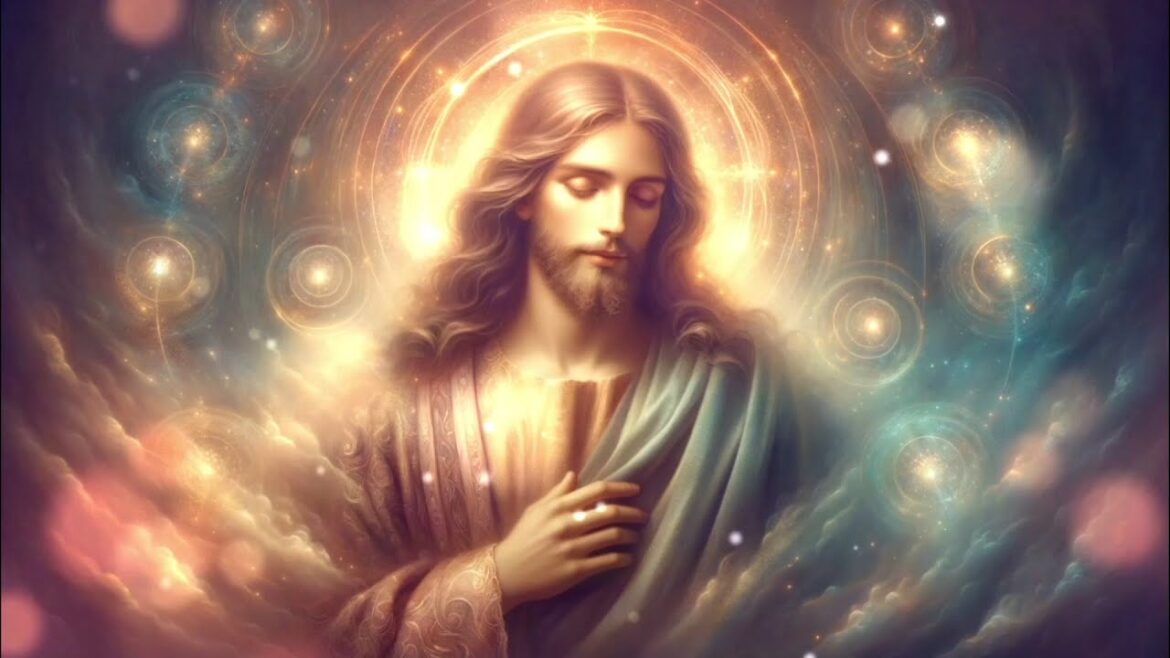What does God look like? This question has preoccupied people for thousands of years. This article highlights the diverse perspectives and provides fascinating insights into the quest to understand the divine.
What does God look like in Christianity? Traditions and representations
The idea of what God looks like is deeply rooted in human cultural history. Different religions and cultures have developed different views and representations to make faith more tangible.
- In Christianity, God is often described as invisible and incomprehensible, symbolizing his omnipotence and omnipresence.
- However, the Bible contains metaphors and images that give God human form in order to illustrate his closeness and love.
- In Christianity, Jesus Christ is considered to be the visible manifestation of God on Earth—an embodiment of the divine.
- Church art often depicts God as an elderly man, inspired by iconic images from the Renaissance that embody wisdom and authority.
Islamic views: Why are there no visual representations of God?
In Islamic tradition, the pictorial representation of God is strictly prohibited in order to preserve the purity and inviolability of the divine.
- The Quran describes God as unique and incomparable, which makes any representation impossible and emphasizes the spiritual connection.
- Muslims use 99 names for God that describe his attributes instead of using visual representations. These names describe attributes such as mercy, omnipotence, and justice.
- Calligraphy and geometric patterns are common in Islamic art to indirectly honor God through beauty and perfection.
- This tradition underscores the emphasis on an inner relationship with God, free from material conceptions.
Hinduism and its gods: The many faces of the divine
Hinduism offers a rich pantheon of gods and goddesses, each representing different aspects of the divine.
- Deities in Hinduism are depicted with multiple arms and heads, symbolizing their superhuman abilities.
- Popular figures such as Vishnu, Shiva, and Devi display different facets of the divine, each embodying special qualities.
- This diversity reflects the Hindu philosophy that the divine can take many forms but is ultimately one.
- Temple art and sculptures illustrate these gods in vivid colors and detailed scenes to support believers in their spiritual practices.
Indigenous cultures: Understanding the connection between God and nature
Indigenous cultures around the world have complex and deeply connected ideas about God and nature.
- Many indigenous peoples see God or the creative force in all things in nature, which fosters a deep connection to the environment.
- Rituals and myths tell of gods who appear in animal form to symbolize the unity of humans and nature.
- This view supports sustainable ways of life, as the earth is considered sacred and to be preserved.
- Shamans and spiritual leaders impart knowledge about the divine through stories and ceremonies that strengthen community and culture.

